I was 28 years old the first time I decided to try the new “age defying” injectable to hit the market. Living in L.A. and fighting back the frown lines was as common as getting a bikini wax, and keeping that mandatory appointment every 4-6 months was just a way of life. At that time, Botox was the only game in town and it came with a rather hefty price tag. That being said, I am talking about the REAL DEAL. 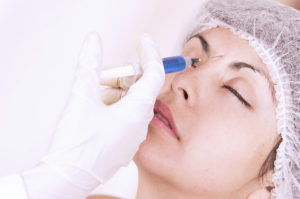 You went in for your appointment, received a few shots in your forehead and within 24 hours it was set. Nowadays, you have to wait up to 2 weeks to see the full result and even then, most times you have to go in for a touch up. Why? Because many providers are overly diluting the toxin and charging you for the amount (units) used instead of charging you per area, like they did back when it was first introduced. The recommended addition of sodium chloride per 100ml vile is 2.5%. However, many estheticians and doctors will dilute the toxin up to 4.5% per 100ml vile. No, I did not just pull that percentage out of the air, it came straight from someone that has worked in the industry for years, and also works for a well-known physician in my area.
You went in for your appointment, received a few shots in your forehead and within 24 hours it was set. Nowadays, you have to wait up to 2 weeks to see the full result and even then, most times you have to go in for a touch up. Why? Because many providers are overly diluting the toxin and charging you for the amount (units) used instead of charging you per area, like they did back when it was first introduced. The recommended addition of sodium chloride per 100ml vile is 2.5%. However, many estheticians and doctors will dilute the toxin up to 4.5% per 100ml vile. No, I did not just pull that percentage out of the air, it came straight from someone that has worked in the industry for years, and also works for a well-known physician in my area.
Now, I am in no way the poster child for injectables, the extent of my long-term use has been in my forehead and once under my eyes (which I will never do again). Over the years I have used 3 different types – Botox, Restalyne and Dysport, with my favorite being old school Botox.  In my opinion, many people can take them a bit too far when they start with fillers and can literally become unrecognizable. Overly filled cheekbones can lead to the “puffy face” look that has become all too common, and don’t even get me started on the “trout mouth”. However, if they are done correctly they can offer long lasting, natural looking results.
In my opinion, many people can take them a bit too far when they start with fillers and can literally become unrecognizable. Overly filled cheekbones can lead to the “puffy face” look that has become all too common, and don’t even get me started on the “trout mouth”. However, if they are done correctly they can offer long lasting, natural looking results.
Times have changed and with the plethora of products now available knowing all of your options is an equally important step in your research. With a combination of personal experience and friends / family who have covered the rest, I wanted to outline some of the top cosmetic injectables available when it comes to the war on wrinkles.
Injectables VS Cosmetic Surgery
First, you need to understand the difference between opting for an injectable in lieu of going under the knife. Injectables are short-term solutions using gel-like substances and toxins to help restore lost volume, smooth out lines, fill pockets and redefine contour lines.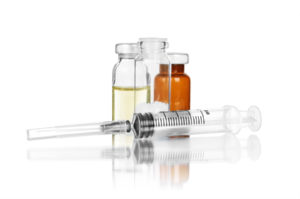
Cosmetic surgery is a long-term solution that redefines your facial area to give you a more youthful or desired look and includes procedures such as brow lifts, eyelid surgery, face lifts and other options. These procedures are done in a medical setting and require various degrees of anesthesia, initial downtime and long-term recovery based on the chosen procedure.
Varied Results
One important factor when opting for an injectable is to understand that each treatment will offer different results. These results are based on a number of things including the type of treatment, your personal body’s reaction to the treatment, how you take care of your body after the treatment and other environmental elements. In addition to the your natural ability to adapt to the treatment, your diet, hydration level and exercise program can also impact your overall result.
The Risk of Cosmetic Fillers
Like any treatment, understanding the risks to your health is also an important factor when planning your beauty solution. While cosmetic fillers are certainly less risky than cosmetic surgery, there are still potential allergic reactions to the treatment, as well as forming small bumps under the skin (which is what happened to me after I decided to expand my Botox area under my eyes). 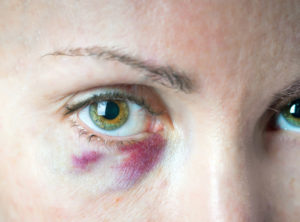 A more serious potential is embolism, which is caused by the foreign injection of a substance in the body, potentially causing serious side effects such as blindness, skin necrosis and even death. While most people agree that cosmetic fillers are a safe and fast way to treat wrinkles and other signs of aging, making sure you are using a board certified doctor is key to a safe treatment.
A more serious potential is embolism, which is caused by the foreign injection of a substance in the body, potentially causing serious side effects such as blindness, skin necrosis and even death. While most people agree that cosmetic fillers are a safe and fast way to treat wrinkles and other signs of aging, making sure you are using a board certified doctor is key to a safe treatment.
Our Top Choices for Cosmetic Fillers
Now that we have covered the basics, explained various results, and some of the risks of cosmetic fillers, it is time to reveal our top choices when it comes to fast, reliable and effective options.
Botox – by far the most popular and widely known, Botox, is used to reduce the effect of brow wrinkles and crows feet by treating the surrounding muscles and causing a relaxed effect in desired area. Results may vary and nowadays can take anywhere between 1 to 2 weeks before you see maximum results.
Restalyn – is another form of wrinkle treatment aimed at more severe cases such as deep folds in the forehead, extreme crows feet, and cheek and lip enhancement. 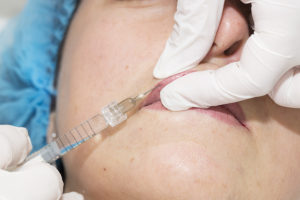 Results vary from a few days to a few weeks and are directly related to the amount of “volume” injected in the trouble areas.
Results vary from a few days to a few weeks and are directly related to the amount of “volume” injected in the trouble areas.
Juvederm – part of the injectable hyaluronic acid family, this dermal filler offers results for 9 months to one year of correction for moderate to severe facial wrinkles and folds. In addition, Juvederm is also used to reduce acne scarring, plump up lips and other skin enhancements.
Dysport – those looking for a more natural look opt for this filler giving your frown lines a softer effect during treatment. This product boasts beauty results without sacrificing your facial movement or the dreaded “frozen face” syndrome.
Artefill – one of the more permanent filler options out on the market today, Artefill uses a combination of ingredients including bovine collagen claiming to introduce new tissue growth in the treated areas giving you a long-term treatment option.
Radiesse– another “natural” treatment, this option works similar to the previous option by stimulating the treated area and claims to regrow the natural collagen in the selected areas. Over time, the gel is absorbed into the body, leaving your own natural filler behind.
How Long Do the Results Last?
Depending on your selected treatment, results will vary based on personal body adaptation and lifestyle. Typically the temporary treatments can last anywhere from 4 to 12 months, where as the permanent treatments have proven to last up to 2 years.
What’s involved in the Recovery Process?
Unlike cosmetic surgery, cosmetic fillers are an outpatient procedure taking just a few minutes during your appointment. 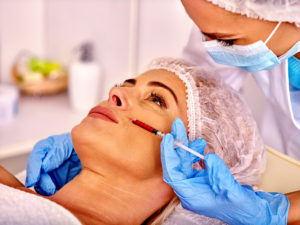 The down time and recovery can be anywhere from a few hours, to a few days depending on your body’s reaction to the treatment. Most providers will apply a numbing cream prior to the injections to help with the pain. Personally, I have only had to use it with Restalyn and Dysport. Botox feels like a few intense bee stings, while the fillers are thicker and slower to inject. Not gonna lie, they hurt.
The down time and recovery can be anywhere from a few hours, to a few days depending on your body’s reaction to the treatment. Most providers will apply a numbing cream prior to the injections to help with the pain. Personally, I have only had to use it with Restalyn and Dysport. Botox feels like a few intense bee stings, while the fillers are thicker and slower to inject. Not gonna lie, they hurt.
We have outlined below what to expect after your injections and a few ways to help with the recovery process.
Redness – the most common side effect and recovery stage is redness or irritation in the face, lips and eye areas being treated. Many people see this irritation subside after a few hours of the treatment.
Swelling – many patients will see a bit of swelling in the treated area, and while this can last between 24 – 36 hours, most do not see enough reaction to avoid their daily activities right after treatment.
Bruising – patients may experience a bit of bruising in the treated areas, this can last anywhere from 3-5 days depending on your body’s reaction.
While these side effects are part of the recovery process, physicians will recommend light icing on the treated areas to minimize swelling and bruising, avoid exercise for a minimum of 24 hours and sleeping with your head slightly elevated will also help to reduce swelling and bruising.
Well, that about covers it! For more information regarding these treatments, talk to a Board Certified physician to see which one will benefit your needs, and ALWAYS follow their instructions regarding before and after care.



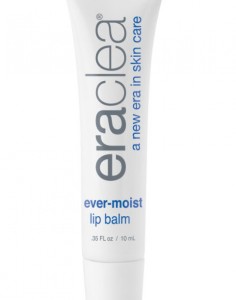
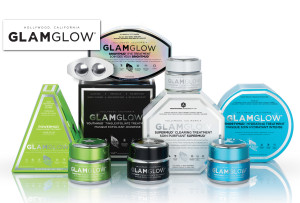



May 23, 2017 at 7:06 am
Great post and very well explained. I believe in professionals so this is a very useful post for everyone. Many thanks for sharing.